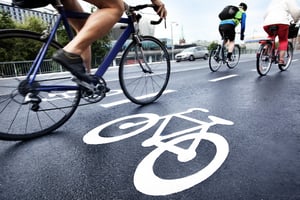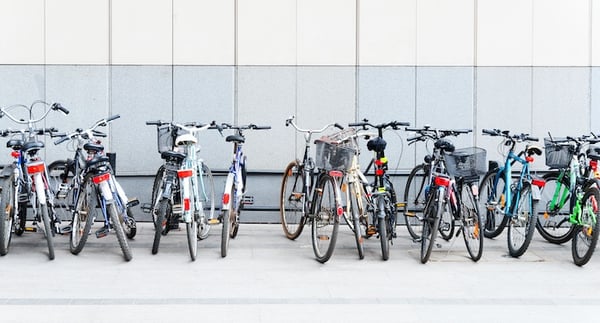Back in March 2020, I remember talking with a friend about the onset of COVID- 19 and the lockdowns that were starting to take shape. He said: “It’ll probably be over by July.” A few months later, many of us hoped the worst might be over by Christmas. As I write this, we now have a vaccine starting to be administered but there's still plenty of uncertainty about what 2021 will look like.
As we all start to plan our programs for 2021 and beyond, we need to take into account the variability that still exists. To support you in this task, here are some key points to consider as you look to 2021.

Physical, in-person events are still risky to plan
We don't know when enough people will be vaccinated that it becomes safe for everyone to attend in-person events. There will be issues with inclusivity if some people can take part while others can't attend physical events.
Therefore, any live events, even ones scheduled later in 2021, could still be unable to be run, cancelled or postponed. Putting time and energy into planning these events has to be weighed against the potential for them not to go ahead. The good news is you can still engage people in your programs and goals, even when people can't be physically together (just yet).
Online programming is a safer bet because it can go ahead no matter what
Tried and tested online programming can also be highly effective, measurable and scalable in its ability to reach a large number of people. Your communities can still benefit from participating in an online program, keeping active, engaging with others, being supported and encouraged. Love to Ride’s programs are well adapted to offer valuable online solutions.
Biking for active travel is an ideal mode to focus on in 2021. Here's why:
🚲 Riding a bike is great for our mental health and it allows us to get about whilst still social distancing.
🚲 It's a tool to challenge people who drive their cars more, instead of using public transport, and offer a real alternative.
🚲 We’ve all seen shops selling out of bikes and more people than ever riding bikes since Coronavirus shook the planet. Now is the time to capitalize on this renewed love for biking and put these gains in the bank!
🚲 We can support all the people who took up bike riding in 2020 to keep biking. Just one negative experience or a seemingly huge barrier can lead to their new bike collecting dust. We can support these people to overcome the barriers they face and keep them riding.
🚲 There’s a wealth of users’ bike stories that we can share to inspire others to ride too. Sharing stories is a powerful peer-support mechanism for fostering new social norms, demonstrating what is possible and stimulating positive behavior.
Take a look at our stories blog for some of 2020's best tales
Physical and mental ‘infrastructure’ development is key
As well as building biking and active travel infrastructure in our cities and communities, we also need to run programs that build ‘infrastructure’ in people’s minds. This ‘infrastructure of the mind’ enables people to ride comfortably and confidently in their communities. A biking encouragement program is a cost-effective approach to building ‘infrastructure of the mind’ and increasing mode-share for biking. Getting more people on bikes also helps to build more public support and political will for building more bike-friendly physical infrastructure.

Whatever 2021 brings, one of the ways that you can be prepared is to run virtual programs that encourage more people to ride bikes. It's a safe, effective option and fit for purpose in these uncertain times.
After all, riding a bike brings a smile to people’s faces and we all want plenty of happiness and good times in 2021!
Privacy policy
All rights reserved. Copyright 2021